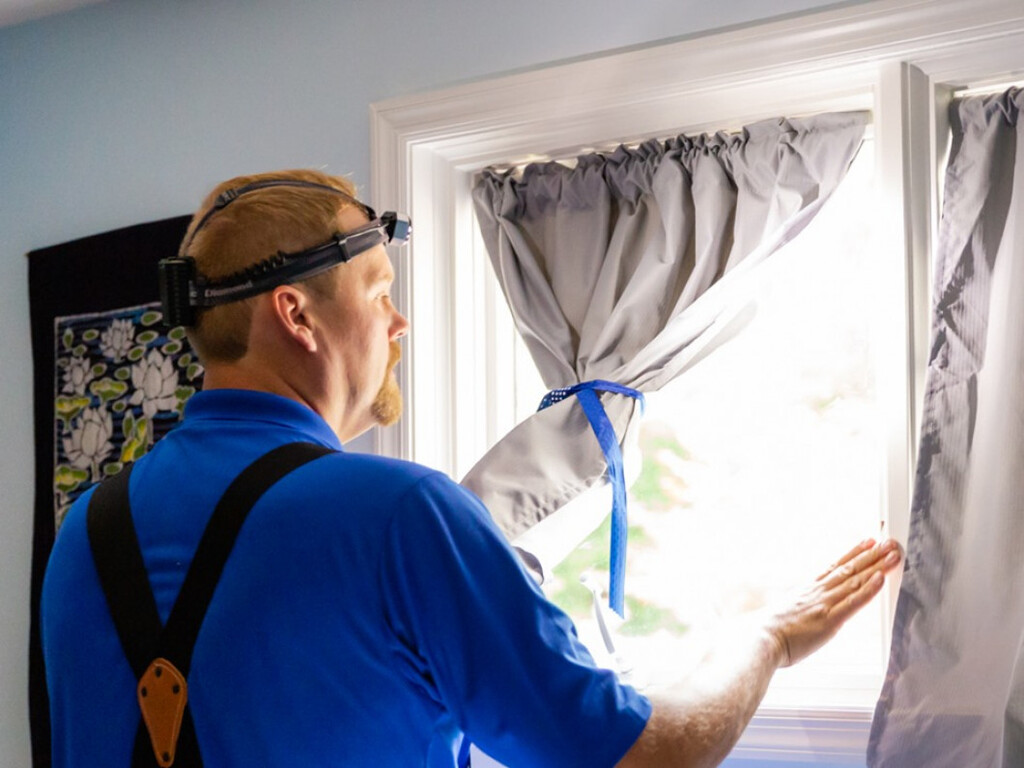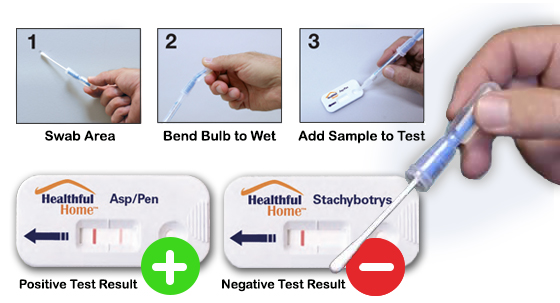Ensuring Conformity With Rules: the Function of Mycotoxin Checking in Quality Control
Ensuring conformity with stringent policies is critical for keeping food safety, and the duty of mycotoxin testing in quality assurance can not be overemphasized. Mycotoxins, hazardous substances created by certain mold and mildews, pose substantial wellness risks, making their discovery vital in food manufacturing. Adherence to regulative standards, such as those established by the FDA and EU, needs robust testing methods and modern technologies to identify and quantify these pollutants. By implementing complete screening protocols, firms can prevent potential wellness dilemmas, stay clear of expensive recalls, and keep consumer trust. However, the intricacies of these testing procedures raise important inquiries about their effectiveness and efficiency.
Comprehending Mycotoxins
Comprehending mycotoxins is essential to guaranteeing the quality and security of farming items. Mycotoxins are poisonous second metabolites produced by specific species of fungis, typically discovered in foods items such as grains, nuts, and spices. These substances can arise at various stages of the food manufacturing procedure, from pre-harvest to storage space, and position substantial wellness risks to both pets and people (Mycotoxin testing Services). One of the most well-known mycotoxins include aflatoxins, trichothecenes, fumonisins, and ochratoxins, each connected with particular fungal types and environmental conditions.
The existence of mycotoxins in foodstuff can lead to chronic and intense health problems, consisting of liver damage, immune reductions, and cancer causing effects. Their discovery and metrology are important components of quality control in farming and food industries. The complexity of mycotoxin contamination necessitates a diverse strategy, utilizing innovative logical techniques such as fluid chromatography, mass spectrometry, and enzyme-linked immunosorbent assays (ELISA) By recognizing the resources, kinds, and impacts of mycotoxins, stakeholders in the farming field can much better execute preventative steps and reduce dangers, guaranteeing safer intake for end-users. This understanding forms the bedrock upon which effective mycotoxin monitoring methods are built.
Regulatory Criteria for Mycotoxins
Having actually developed a fundamental understanding of mycotoxins and their effect on food safety, it is imperative to evaluate the governing requirements regulating their existence in agricultural items. Regulatory criteria for mycotoxins are vital because they specify acceptable limitations, guaranteeing food safety and securing public health and wellness. Numerous worldwide and nationwide firms have actually set these limits based on extensive danger assessments.
The Codex Alimentarius Compensation, a global body established by the FAO and that, provides guidelines and maximum allowable levels for different mycotoxins in food and feed. For example, the Codex has established limits for aflatoxins in peanuts, maize, and dried figs, amongst various other commodities. These requirements are often adopted or adapted by private countries to fit their particular requirements.
In the European Union, Law (EC) No 1881/2006 stipulates maximum degrees for several mycotoxins, such as aflatoxins, ochratoxin A, and deoxynivalenol, in different food. Likewise, the U.S. Fda (FDA) has established action degrees for mycotoxins like aflatoxins in assets such as nuts and grains.
Adherence to these governing criteria is vital for keeping market access, customer count on, and public wellness. Non-compliance can lead to substantial financial losses and wellness dangers, underscoring the relevance of rigid mycotoxin testing methods.
Checking Techniques and Technologies

ELISA is commonly valued for its quick and cost-efficient screening abilities, making it optimal for high-throughput atmospheres. It depends on antibodies to identify particular mycotoxins, supplying cause a reasonably brief time framework. However, its level of sensitivity may be limited compared to much more innovative techniques.
HPLC, on the various other hand, masters offering quantitative analysis with high accuracy and precision. It divides complex mixes into private parts, making it highly reliable for identifying and measuring multiple mycotoxins all at once - Mycotoxin testing Services. This technique, while much more taxing and resource-intensive than ELISA, uses a greater level of integrity

LC-MS represents the pinnacle of logical specificity and sensitivity. Integrating the separation power of fluid chromatography with the detection abilities of mass spectrometry, LC-MS can find even trace degrees of mycotoxins. This technique is essential for validating the presence of mycotoxins in forensic and regulative contexts, ensuring compliance with rigorous security standards.
Executing Testing Procedures

Including these innovative screening techniques into a detailed quality assurance framework necessitates a well-structured strategy to carrying out screening methods. To achieve this, organizations should first conduct a thorough risk evaluation to identify potential mycotoxin contamination factors within the supply chain. This evaluation educates the development of a tailored screening strategy that addresses particular susceptabilities.
Following, establishing standardized sampling procedures is critical. Consistent tasting makes sure that examination results are trusted and rep of the whole set (Mycotoxin testing Services). Sticking to standards from governing bodies, such as the FDA or EFSA, helps preserve compliance and enhances the integrity of the testing process
Training workers is another essential component. Personnel has to be proficient in both example collection and the operation of testing tools. official website Routine training sessions and accreditation programs can make sure that team members remain upgraded with the current strategies and governing modifications.
Benefits of Mycotoxin Examining
Mycotoxin testing supplies various advantages that significantly boost the security and quality of food and feed products. Mostly, it acts as a critical control action to avoid contaminated goods from reaching the customer market, thereby securing public health. By determining and measuring mycotoxins such as ochratoxins, fumonisins, and aflatoxins, manufacturers can ensure that their products meet rigid governing criteria, therefore staying clear of potential lawful effects and associated costs.
Additionally, mycotoxin testing adds to the financial practicality of food and feed industries by decreasing the threat of large item remembers. The capacity to isolate and detect polluted batches early in the manufacturing process decreases waste and avoids the economic losses related to broken brand name online reputation. Furthermore, it promotes consumer count on and loyalty, as consumers are progressively familiar with food safety and security problems and need better standards.
The execution of normal mycotoxin screening additionally advertises ideal methods within agricultural and production markets. By sticking to rigorous screening protocols, companies can maximize their quality control processes, boost operational efficiency, and make sure the consistent production of secure, top quality products. Finally, the benefits of mycotoxin testing are multifaceted, adding to public health and wellness, economic security, and market stability.
Final Thought
Mycotoxin screening is critical in making certain conformity with regulatory go to this web-site standards, consequently keeping food safety and security and quality assurance. By methodically finding harmful mycotoxins, this continue reading this practice helps reduce health and wellness risks, protect against legal consequences, and avoid financial losses associated with product remembers. Carrying out robust screening methods promotes consumer trust and self-confidence in food safety methods, eventually sustaining the integrity and track record of food organizations. Hence, mycotoxin screening stays an important part of contemporary food security administration systems.
Making sure conformity with stringent regulations is extremely important for maintaining food security, and the role of mycotoxin testing in high quality control can not be overemphasized.In the world of mycotoxin testing, advanced methods and modern technologies are crucial in ensuring food security and regulatory compliance.Mycotoxin testing supplies numerous benefits that considerably boost the security and top quality of food and feed products.Mycotoxin screening is essential in ensuring compliance with regulatory standards, therefore keeping food safety and top quality control. Therefore, mycotoxin testing remains a vital component of contemporary food safety monitoring systems.